What is a Cover Letter
A cover letter is a crucial document that accompanies your resume when applying for a job. It serves as your introduction to a potential employer and provides an opportunity to showcase your skills, experience, and personality in a more personalized way than your resume allows. Think of it as your chance to make a strong first impression and convince the hiring manager that you are the perfect fit for the role. It’s your opportunity to connect the dots between your qualifications and the specific requirements of the job.
Why You Need a Cover Letter
While a resume provides a summary of your professional history, a cover letter adds context and personality. It allows you to explain why you are interested in the specific position and company. A well-crafted cover letter highlights your relevant skills and experiences, demonstrating how they align with the job’s requirements. It also gives you a chance to address any potential concerns or gaps in your resume, such as a career change or employment gap. In a competitive job market, a cover letter can be the deciding factor in getting you an interview.
The Key Components of a Cover Letter
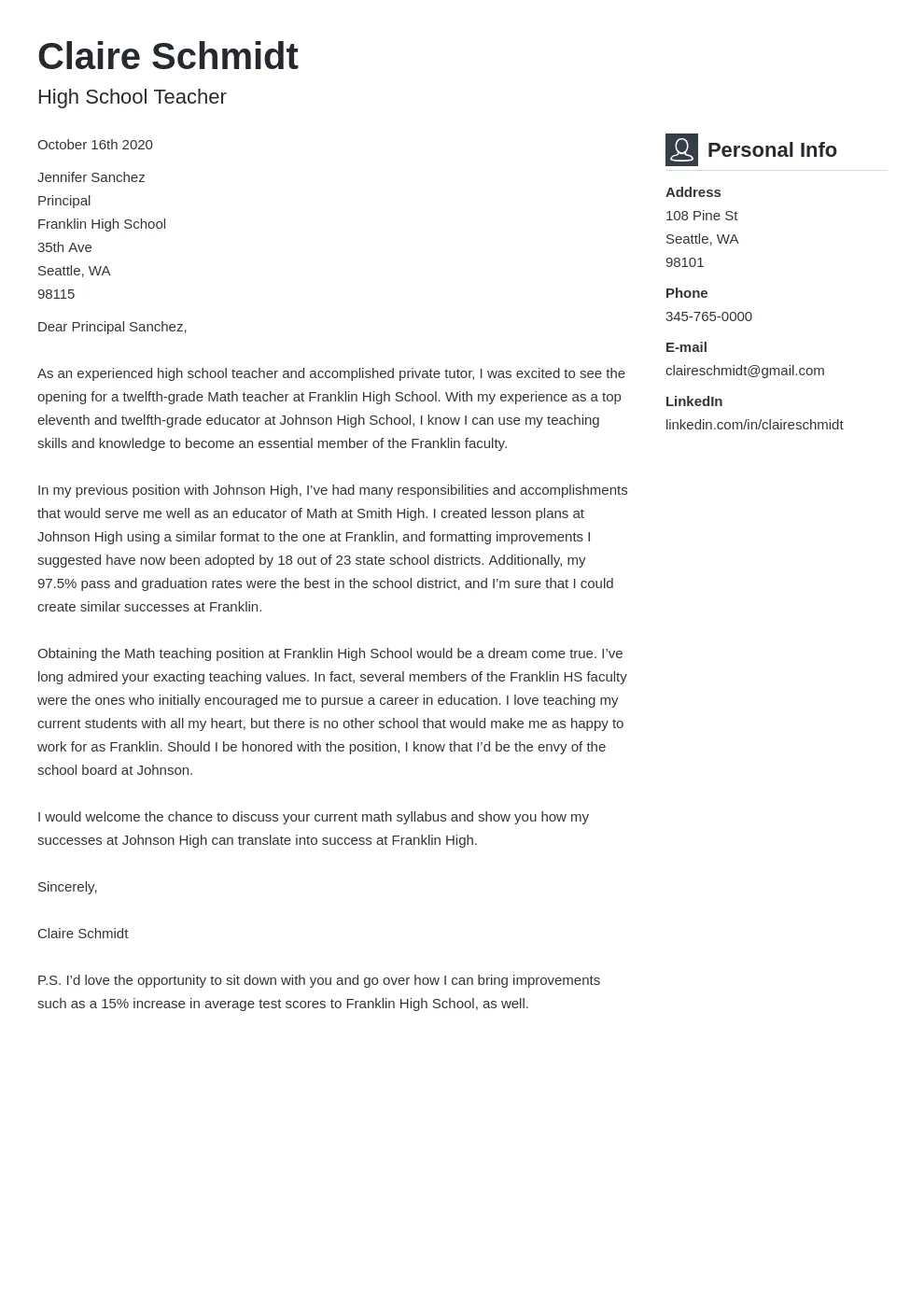
A strong cover letter is structured logically and includes several key components. These parts work together to create a compelling narrative about why you are the ideal candidate. A cover letter should not be too lengthy; aim for about one page, or 300-400 words at most. Clarity and conciseness are key.
Your Contact Information (Header)
At the very top, include your full name, address, phone number, and email address. Ensure your email address is professional-sounding. This information makes it easy for the recruiter or hiring manager to contact you.
Date and Recipient Information
Below your contact information, write the date. Then, include the name of the hiring manager and their title, if known. If you are unsure, use the hiring manager’s title. If you cannot find a name, you can use a general salutation.
The Salutation

Begin your letter with a professional salutation, such as ‘Dear Mr/Ms/Mx. [Last Name]’ or ‘Dear Hiring Manager’. If you’re not sure of the name, ‘Dear [Company Name] Hiring Team’ is acceptable. Avoid generic salutations such as ‘To Whom It May Concern’ as they appear impersonal.
The Body of Your Cover Letter
This is the main part of your cover letter, where you will articulate your interest, qualifications, and suitability for the role. The body is typically divided into three or four paragraphs, each with a specific purpose.
First Paragraph Why you are writing
Start by stating the specific position you are applying for and how you found the job posting. Briefly mention why you are interested in the company and the role. This paragraph sets the stage for the rest of your letter.
Second Paragraph Highlight your Skills
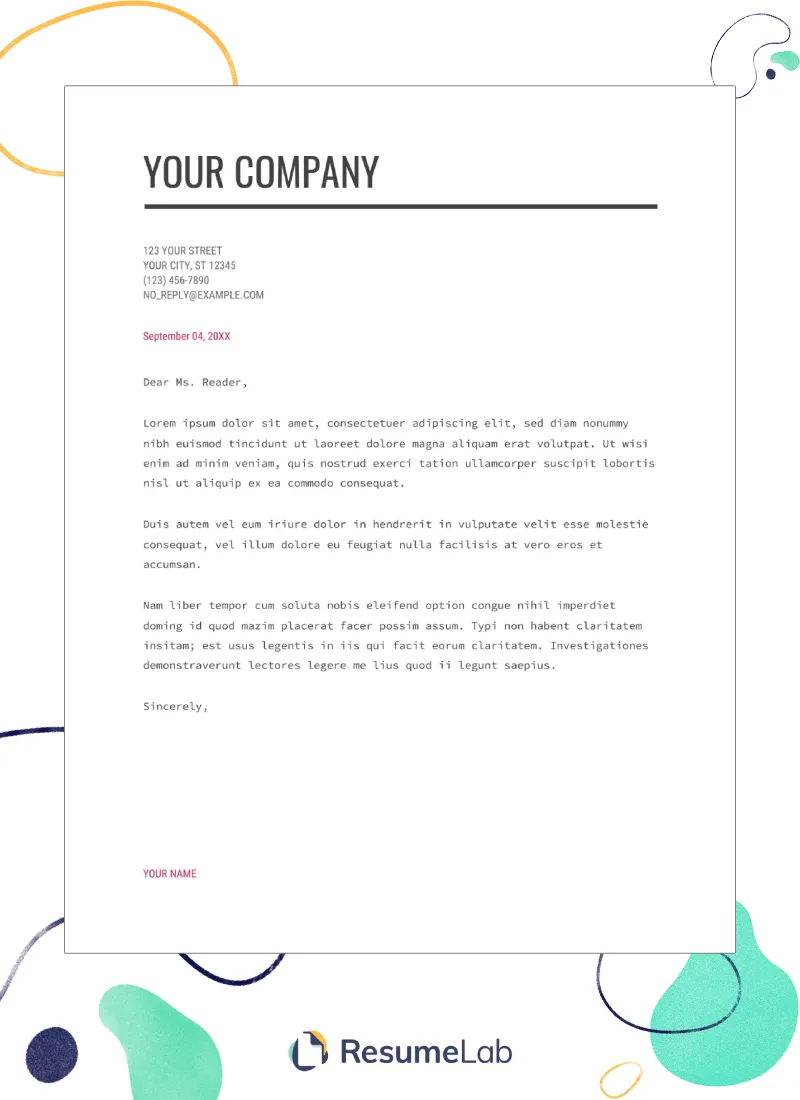
Focus on 2-3 key skills and experiences that directly match the job requirements. Provide specific examples of how you have used these skills in the past and the results you achieved. Use action verbs to describe your accomplishments and quantify your achievements whenever possible.
Third Paragraph Showing your Interest and Enthusiasm
Express your genuine interest in the company and the role. Explain what attracts you to the organization and how your career goals align with their mission or values. Mention any relevant knowledge of the company’s recent projects or achievements. Show that you’ve done your homework and are truly enthusiastic about the opportunity.
The Closing Paragraph
Summarize your interest in the position and reiterate your enthusiasm. Thank the hiring manager for their time and consideration. Express your eagerness for an interview and provide your contact information again.
The Complimentary Close
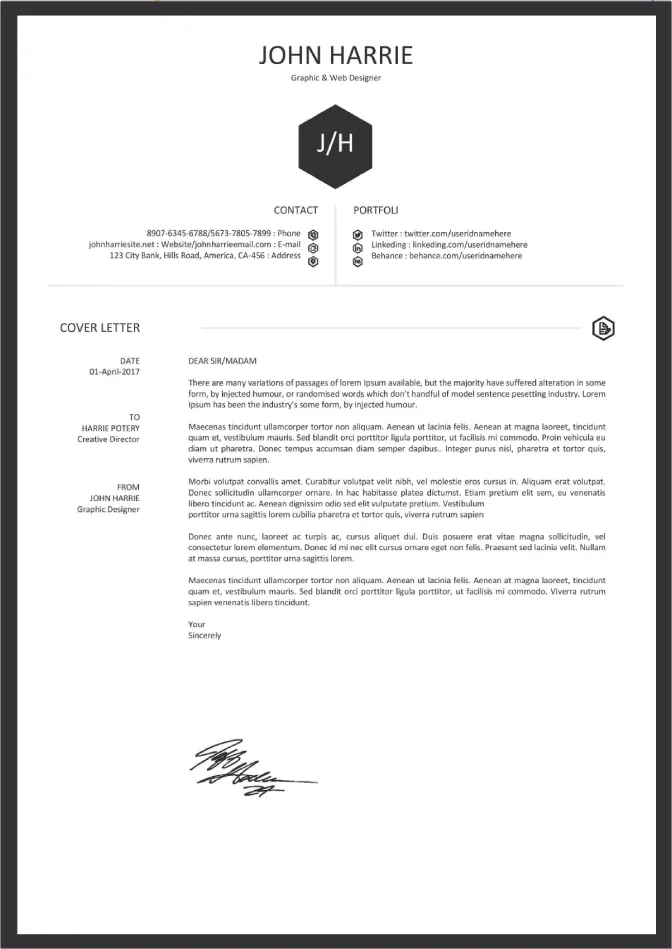
Use a professional closing, such as ‘Sincerely’, ‘Best regards’, or ‘Thank you’. Ensure the closing aligns with the tone of your letter.
Your Signature
If you’re submitting a digital cover letter, type your name. If you’re printing the letter, leave space for your handwritten signature above your typed name.
Free Cover Letter Templates and Resources
Many free resources can help you create a compelling cover letter. Utilizing these free tools can save you time and effort. However, always remember to customize any template to reflect your unique skills and the specific job you are applying for.
Where to Find Free Cover Letter Templates
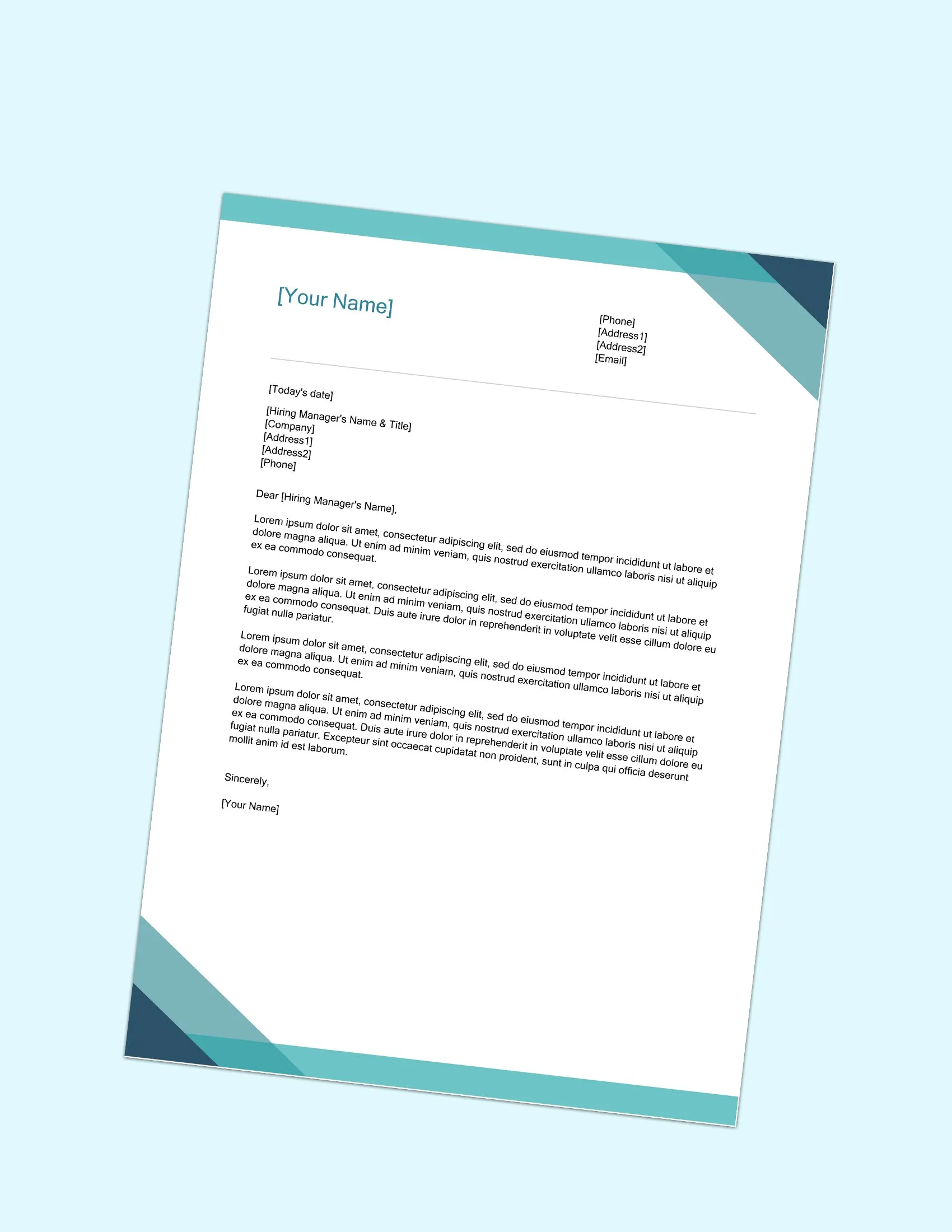
Numerous websites offer free cover letter templates in various formats, such as Word and Google Docs. Some popular sites include Microsoft, Google Docs, and various career websites. Search for templates that match your industry and the type of job you are seeking. Consider different styles and layouts to find one that complements your resume and personal brand.
Free Cover Letter Builders Online
Online cover letter builders can guide you through the process of creating a cover letter. These tools usually provide pre-written content and allow you to customize your letter based on the job requirements and your skills. They also often offer formatting and design suggestions. Some sites offer this service for free, while others have premium options.
Tips for Customizing Your Cover Letter
Customization is the key to a successful cover letter. Generic letters often get overlooked. You must tailor each cover letter to the specific job and company you are applying to. Show the hiring manager that you’ve taken the time to understand their needs and requirements.
Tailoring Your Cover Letter
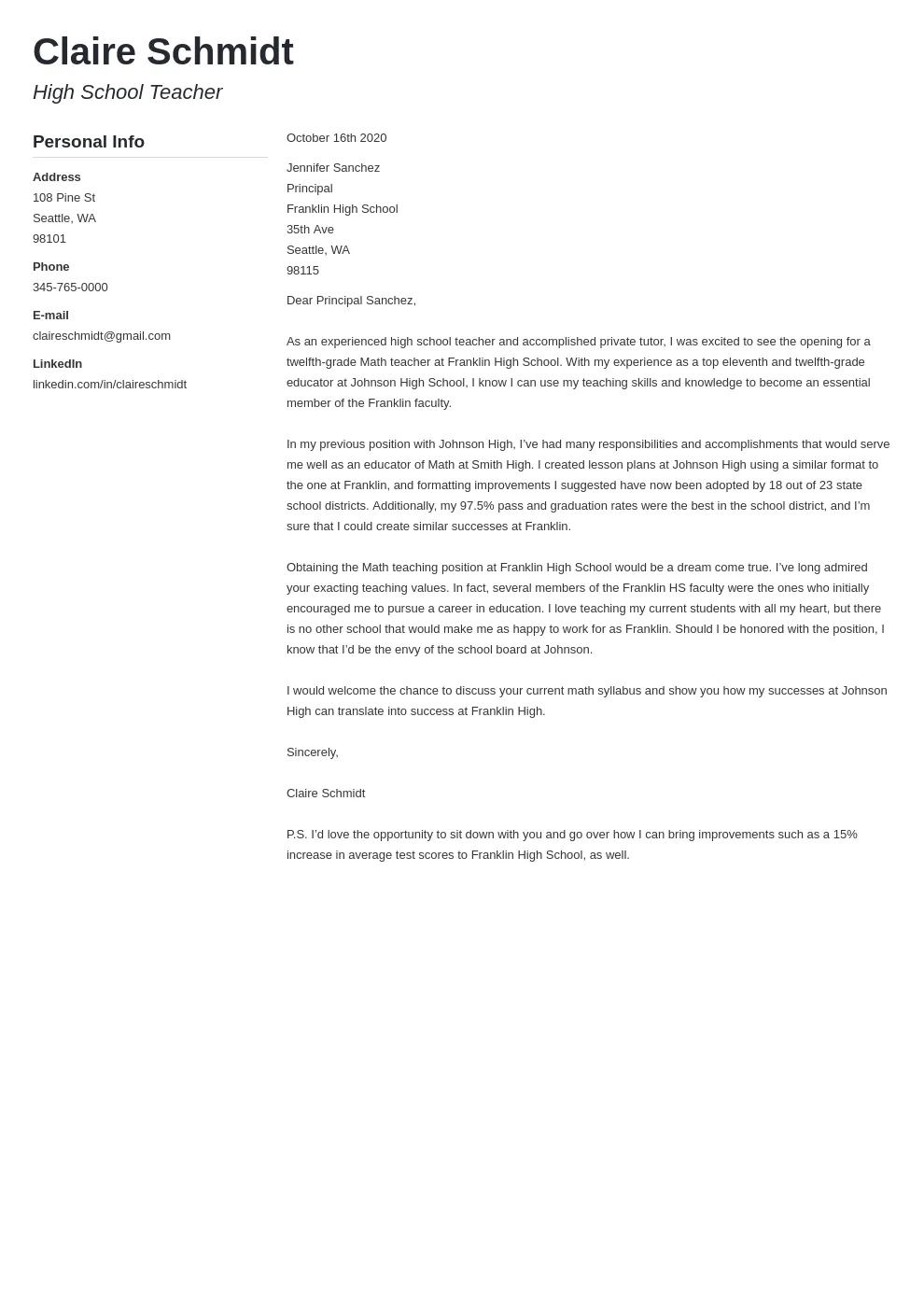
Carefully review the job description and identify the keywords and skills the employer is looking for. Highlight your relevant experiences and accomplishments that align with those requirements. Research the company and its culture to show that you understand their values and goals. Personalize your letter by mentioning specific projects or initiatives that resonate with you.
Proofreading and Editing Your Cover Letter
Proofreading is essential to ensure your cover letter is free of errors. Typos and grammatical mistakes can undermine your credibility. Read your cover letter carefully, and consider having a friend or family member review it as well. Check for any inconsistencies or awkward phrasing, and make sure your letter is well-organized and easy to read. Use spell-check tools, but don’t rely on them entirely; always proofread manually.
Tips for Writing a Great Cover Letter
Beyond the basic components, several writing techniques can significantly improve your cover letter. These strategies will help you capture the reader’s attention and leave a lasting impression.
Use Action Verbs
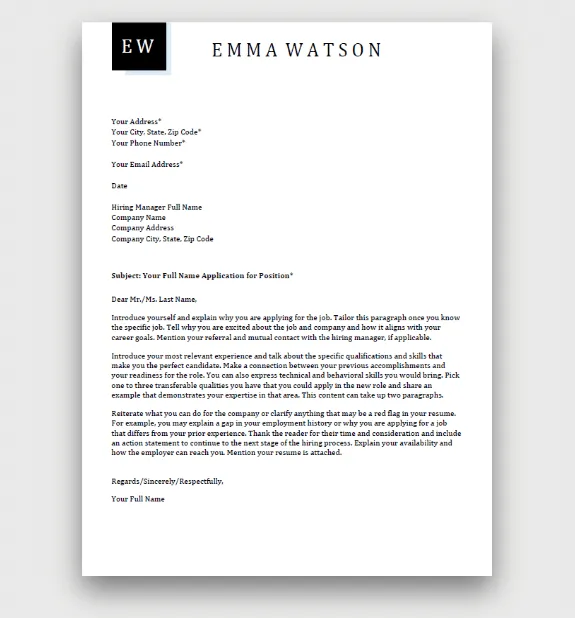
Start your sentences with strong action verbs to make your accomplishments sound impactful. Examples include ‘managed,’ ‘developed,’ ‘implemented,’ ‘achieved,’ ’led,’ and ‘coordinated.’ This makes your letter more dynamic and engaging, showcasing your achievements.
Highlight Relevant Skills
Focus on skills that match the job requirements. Use the job description as a guide and mention the specific skills the employer is seeking. Back up your skills with concrete examples and quantifiable results whenever possible. Show, don’t just tell, by providing evidence of your abilities.
Show Enthusiasm and Personality
Let your personality shine through. While maintaining professionalism, inject some of your unique character into your cover letter. Express your genuine enthusiasm for the position and the company. Use a tone that aligns with the company culture.
Proofread Carefully
Always proofread your cover letter multiple times. Typos and grammatical errors detract from your professionalism and can damage your chances of getting an interview. Read your letter aloud to catch any errors that you might miss when reading silently. Have someone else review it to catch anything you may have missed.
Formatting Your Cover Letter
Proper formatting is essential to ensure your cover letter is readable and professional-looking. A well-formatted cover letter is visually appealing and easy to navigate.
Font and Font Size
Use a professional font, such as Times New Roman, Arial, or Calibri, and keep the font size between 10 and 12 points. Ensure the font is easy to read and doesn’t distract from your content. Consistency in formatting is key.
Margins and Spacing
Set your margins to 1 inch on all sides. Use single-spacing within paragraphs and double-spacing between paragraphs. This ensures your letter looks clean and uncluttered. Proper spacing makes the text easier to read and enhances the overall presentation.
Free Cover Letter Examples
Reviewing examples of successful cover letters can provide inspiration and guidance. Use these examples as a starting point and customize them to fit your unique qualifications and the specific job you are applying for.
Entry-Level Cover Letter Example
An entry-level cover letter should highlight relevant coursework, internships, and any volunteer experience. Focus on transferable skills, such as communication, teamwork, and problem-solving. Show your enthusiasm and eagerness to learn and contribute.
Professional Cover Letter Example
A professional cover letter for someone with experience should emphasize accomplishments and quantify achievements. Highlight your leadership skills, project management experience, and any awards or recognition you’ve received. Tailor your letter to the job description, demonstrating how your experience aligns with the company’s needs.
How to Submit Your Cover Letter
Follow the instructions provided in the job posting when submitting your cover letter. Adhering to these instructions ensures that your application is correctly received and reviewed.
Attach with Resume
If the job posting asks for both a resume and a cover letter, attach both documents in the same email or upload them as separate files. Ensure that both documents are properly formatted and clearly labeled. Save your files with your name and the job title.
Submit as a PDF
Save your cover letter as a PDF file. This will preserve the formatting and ensure that your letter looks the same on any device. Use a professional file name that includes your name and the job title. If the job posting specifies another format, adhere to the instructions.
